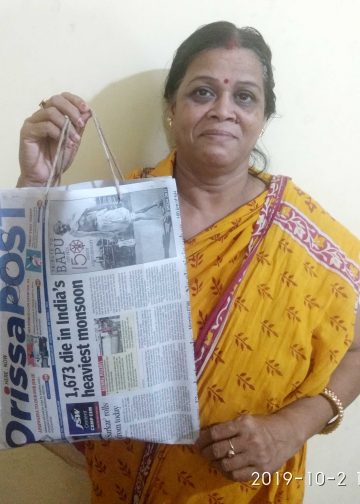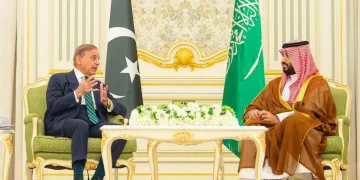With this round of Union ministry expansion, a principal slogan that Prime Minister Narendra Damodardass Modi had raised at the outset has significantly been given an indecent burial: namely of ‘Minimum Government and Maximum governance’. Now, it instead is like Maximum Government and Minimum Governance. Modi had started with 45 ministers in 2014 and has progressed into a bagful of 79, just three short of the maximum permissible limit (of 82) for the Union Council of Ministers. The slogans he raised in the beginning are somehow all being turned around now.
This aside, a question now arises as to what was the need of such a large-scale expansion midway through this government’s term. If there was a need for more ministers from the governance point of view, it should have been done long ago, not at this somewhat advanced stage. Chances were also that governance suffered with ministers holding unwieldy numbers of portfolios, as is widely noted in the case of Arun Jaitley.
Most of them were not being able to do justice to any of them anyway. If so, the Prime Minister might now be accused of having wasted half his term in office. On the other hand, if his claim is that the government was able to perform with the previously lesser number of ministers for all these months, then he will have to explain as to why such large-scale inductions now.
Feelings are strong that this cabinet expansion of 19 new ministers was done with an eye on the Uttar Pradesh assembly elections slated for early next year. Caste considerations seem to have played a major role in this reshuffle. While induction of more Dalits in the cabinet is per se not to be criticised, the perceived vote bank motive on the part of the ruling party and the prime minister makes it look like a devious attempt. Also, this cabinet expansion limits itself to just 10 states, mainly to BJP-ruled states like Gujarat, Rajasthan, and Madhya Pradesh aside from UP.
No attempt seems to have been made to maintain the regional balance. Claims about talent being brought in do not sell. Most of those who have been brought into the ministry now are not familiar faces and do not have any claim of a specialisation in one or other field. Interestingly, none of them had performed well even as Parliamentarians in the past 2 plus years. No senior minister has been touched, though five ministers have been removed in the reshuffle exercise.
Curiously, all the new inductions are as junior ministers — in minister of state (MoS) rank. Herein lies another rub. Junior ministers have in the past confessed that they had little freedom to do things as all the decisions were taken at the Cabinet minister level. In the case of MoS with independent charge, all decisions flowed in from the PMO. This left the ministers with very little to do except spend time traveling abroad or politicking.
The scenario could only be more pathetic for junior ministers under the present situation as the Prime Minister’s style of functioning is widely believed to be to centralise authority with the PMO. If so, the induction of a large number of junior ministers by itself should make little difference to governance. Even granted that some of these ministers are given independent charge, that too might not mean much.
This reinforces the view that the entire exercise has been undertaken with the aim of winning votes in UP, where Prime Minister Modi’s future is precariously tied. If the BJP fails to grab the state in the assembly polls next year, which, as present conditions indicate is quite likely, Modi’s hopes of winning the next parliamentary polls and returning to power in 2019 will turn into a mirage.
The Congress party may not be in a fighting form in UP now, but the planned induction of Priyanka Gandhi to lead the assembly poll campaign in that state just might materially change the present situation there. Therein lies another threat to the BJP, apart from the main threat from regional parties.
The BJP’s desperation is reflected in the expansion of the council of ministers also to the extent that it played the Brahmin card as well in more ways than one; Brahmins being a force enough to tilt the electoral scale just as the Dalits and BCs could in UP.
While Modi has not exceeded his brief in respect of the numbers vis-a-vis cabinet expansion, it is now incumbent on him to prove that he has a functional government that attends to the nation’s problems without further vacillations and delays. Speed is of essence now in implementing the promises he and the BJP have made to the people.






































